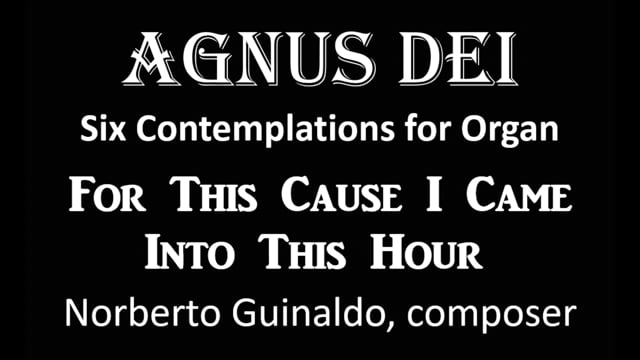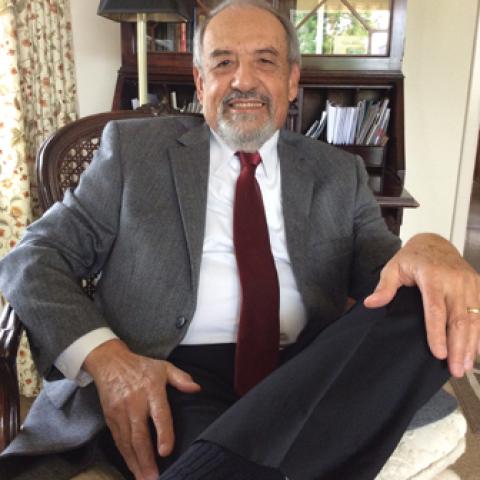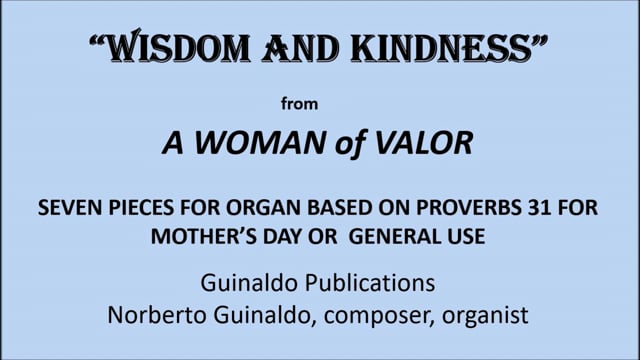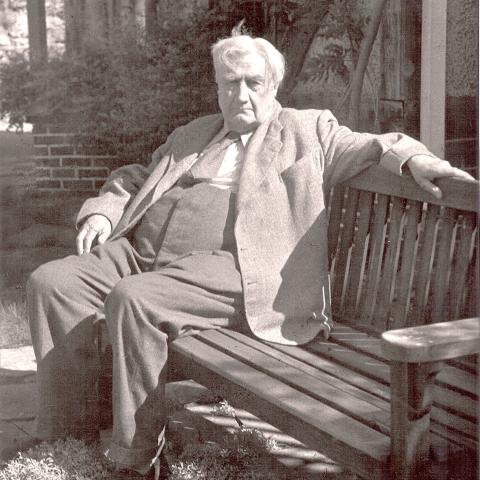
Norberto Guinaldo has composed a set of pieces, Celebrating the Year: Twelve Pieces Based on Each Month’s Name and Peculiarities. The project originated from the question of what new pieces to write for key celebratory months like January, July, November, and December. Although the last two, as well as March-April (Lent-Easter) have been celebrated by this composer with multiple compositions, some research on the origin of the month’s names yielded information from unlikely sources—from ancient Rome’s pagan gods and goddesses and military leaders to poets and writers.
Each piece has double titles so as not to be “tied” down to a particular month. Written in a style accessible to most organists, some of them could be considered “concert” material, from its musical structure, conception, and originality. All of them could work as preludes, offertories, and postludes.
All twelve pieces are available for purchase and can be seen (two pages only) and heard (entirely) in the composer’s website: www.guinaldopublications.com.
The tiles are: “Janus” Keeper of the Gate–Music for a wintry Sunday; Contemplating “Februa”—When the Sun is Hidden; Pondering “Martius”—A Quiet Interlude; Ode to “Aprillis”—In Praise of New Life; “Maia” The bringer of Flowers—A Tender Pastoral; Pondering “Juno”—Based on the 13th-century English song, ‘Sumer is I cumin in;’ Celebrating “Julius”—A Festal Flourish; Pondering “Augustus”—Serenade for a Summer Night; Interlude for “September”—A musical landscape; Ode to “October”—Yearnings; Pondering “November”—Ostinato on ‘Now Thank we All Our God;’ Pondering “December”—I Heard the Bells on Christmas Day.







